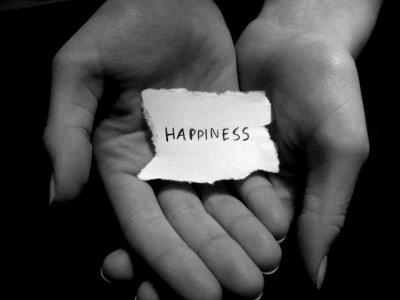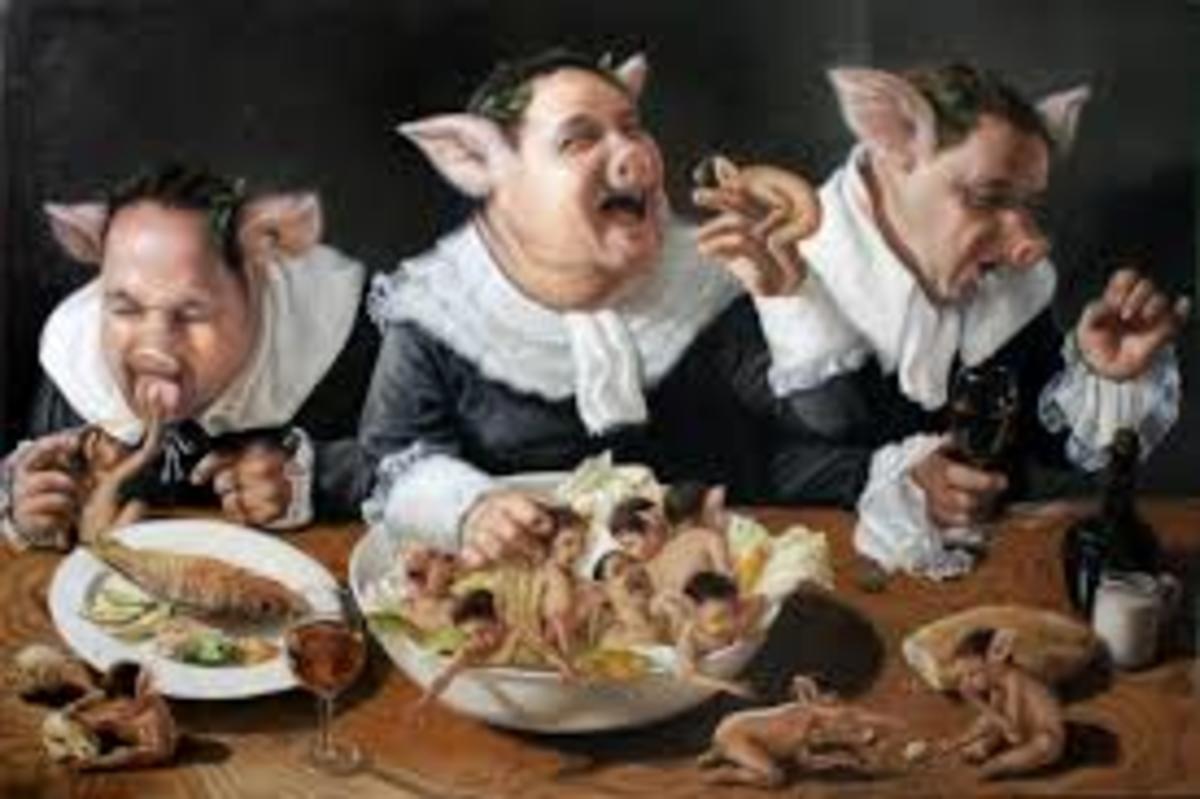A Summary of Desire and Happiness

Humans, race, gender, culture and other characteristics set aside are not too different from one another. Besides sharing life with one another every human also experiences a strongly human unquenchable desire. This desire concerns something that is lacking in a persons life. Different people choose to attempt to fulfill their desire in different ways. Even if someone already possesses something, they may still desire it, if they do not have this thing in its entirety. Despite everyone sharing a desire and attempting to fulfill it in different ways, all humans ultimately share the same desire. Every human desires to happy.
The idea of happiness varies from culture to culture. The Hindus break up happiness into four different categories. The first is Dharma. Dharma is the ultimate moral balance of all things. It is the responsibility of each individual to maintain the Dharma in his or her life. The second aspect of happiness to the Hindus is Karma. Karma is the idea that every action in life has an equal reaction. Life is about balance and when that balance is disturbed it becomes apparent in ones life. Samsara follows Karma. Samsara is reincarnation, the cycle of rebirth that every Hindu experiences. Samsara coincides with Karma; it gives one the chance to atone for wrongs in previous lives. Moksha is the final stage of happiness to Hindu people. Moksha is the freedom from Samsara, which they see to be a punishment of sorts. Moksha is liberation from the tolls of everyday life and is equivalent to the idea of heaven to Christians. Moksha is achieved from being freeing oneself from world desire and living a deeply devout religious life filled with moral integrity.
In Christianity, the transcendentals represent the ultimate desire of man, which as earlier explained, is happiness. Goodness, beauty, truth and being all transcend the limitations of time and space. Achieving happiness can only be through God because humans desire and infinite amount of happiness but our bodies are finite. To Christians, Jesus as the second part of the Holy Trinity represents the perfect being. In being human, he is like all humans, but by being also fully God he is able to transcend time and space therefore fulfilling ultimate desire.
The human condition that all humans suffer through is the following: the infinite desire we experience cannot be achieved throughout limited power. The restlessness caused through our inability to fulfill our desires causes restlessness, restlessness that cannot be quelled until we rest in God. Temporary earthly satisfaction of however can be achieved. The achievement of such happiness is described as love.
The definition of love has changed from the original way in which it was described in the bible. The current definition of love should be split into several different more specific definitions in order to be correctly defined. Joy is the intellectual satisfaction one experiences in life. This differs from physical satisfaction, which is more accurately defined as pleasure. Love is split into even more specific subcategories. Venus describes the purely sexual pleasure felt between two human beings. This is often confused with two other aspects of love: Eros and marital love. Eros includes Venus but is much deeper. Eros describes the deep romantic love between two humans. Marital love is he vowed perpetual exclusive love between two people. The two final aspects of love are friendship and agape. Friendship is love the love you share for all people in your life that you know and have a connection with. The final love is agape and the most complex and unique types of love. Agape, which is also known as caritas, charity, or Christian love, is the willingness to do good for another creature. It also the satisfaction of recognition the ubiquity of the common good, that the good of one person is also the good of another person, and acting accordingly.
Humans can choose to pursue happiness in three ways. Attempting to achieve happiness through ones spirit is called idealism. Idealism is the focus on only spirit. This only recognizes matter as an illusion or a trap and less important than the soul. The second way in which one can attempt to achieve happiness is through ones body. The physical path to happiness is called materialism. Materialism recognizes that only matter is real and the spirit is an illusion or a by-product of matter. The third approach is the approach Christians take. The path between both spiritual and physical happiness Christians believe can lead them to happiness.
The first response, idealism, is the path that Buddhists follow. Buddhists believe that the only way to true happiness is to eliminate desire. They recognize that life is frustrating and that everyone desires. Desire causes this frustration. The infinite desire that each human has cannot be met because of our limited power. The Buddhists believe that the only way to eliminate frustration is to eliminate desire. They choose to lose themselves and abandon the material world for spiritual enlightenment.
The second response, materialism, is the path that some individuals, such as Hugh Heffner follow. Hugh Heffner chooses to abandon all spirituality in favor of achieving happiness through material pleasure, in particular, sexual pleasure. His philosophy of surrounding himself with beautiful women and anything he could ever want in the world leads him on his path to happiness.
While both of these paths have their merit, a fair balance of each is the approach many Christians choose to take. Recognizing that the material world is not the most important thing but also recognizing that it does exist is important. A Christian seeks to be deified, or to be made like God. The only way to achieve true ever-lasting happiness in Christianity is to receive it from God, and therefore becoming like God.
The Christian God is the perfect example of the immaculate combination of the two extremes in achieving happiness. The second figure in the trinity, Jesus Christ, represents the material world that contains all of creation but at the same time represents a divine figure that represents true happiness and union with God. This means that the one being, which is represented by three distinct persons, exists both within and beyond nature. He is both a personal God and a God that transcends relations with beings other that Himself. He is a personal God that sees, hears, speaks and loves each of his creations. He is most holy, containing all properties (except for sin and fallibility) such as omnipotence, omniscience, omnibenevolence, omnipresence and immortality.






